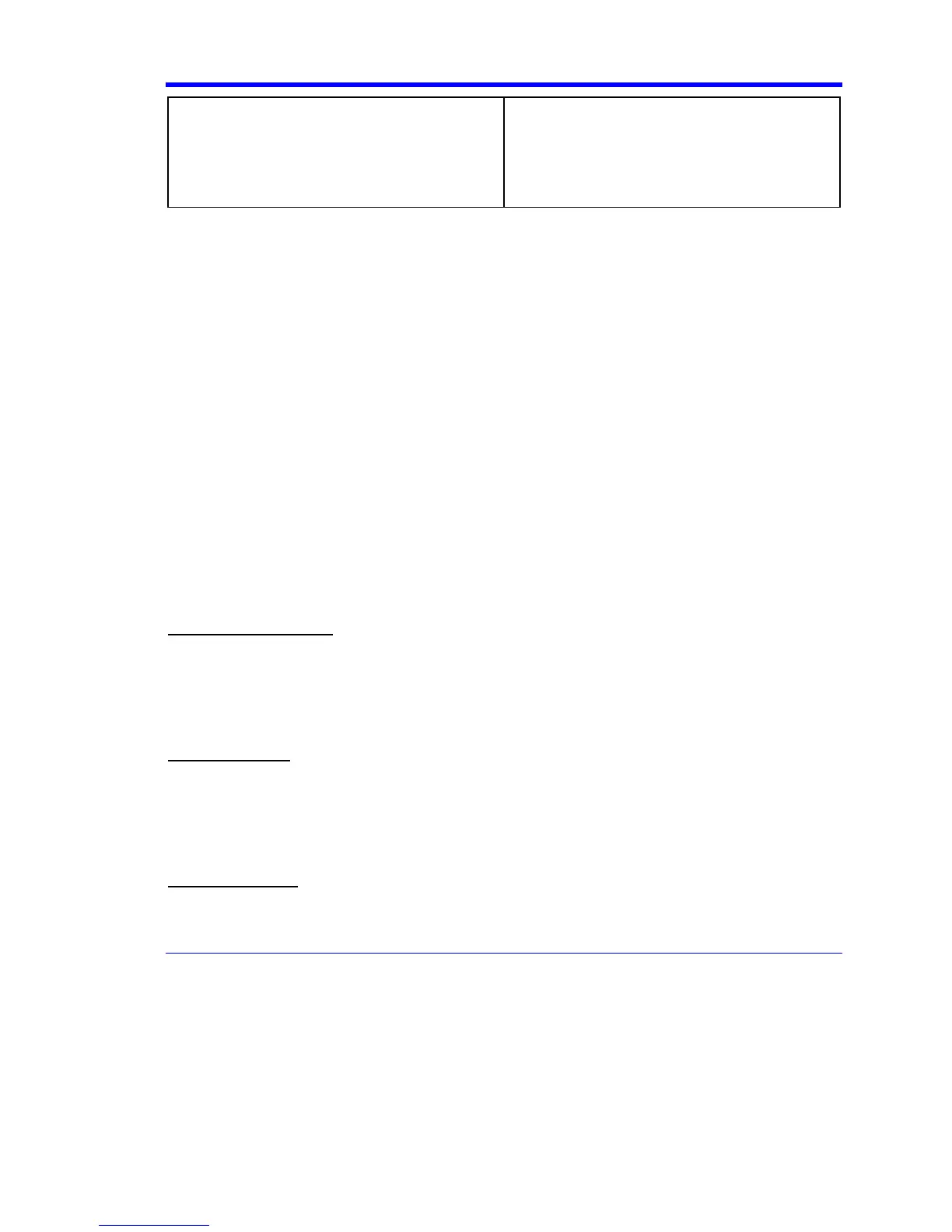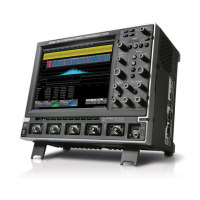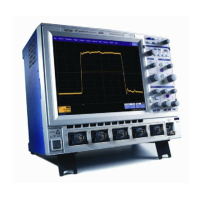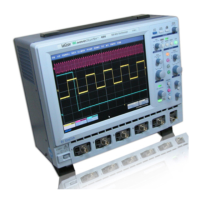X-Stream Operator’s Manual
WM-OM-E Rev I 349
local time at maximum
local time peak-trough
local time over threshold
local time trough-peak
rsnr
track average amplitude
track average amplitude-
track average amplitude+
Advanced DDA Analysis
• Head Filter/Equalizer Emulation
• Channel Emulation
• SAM Histograms
• Plot of SAM Values
• PES Runout Analysis
• Analog Compare
• Correlation
• Trend
• Histogram
Drive Analysis Overview
Obstacles that Can Be Overcome Using the DDA’s Channel Analysis
Disk Drive engineers who are analyzing channels to determine where and why data errors occur
face important obstacles. But the DDA’s Channel Analysis feature can be used to overcome these
obstacles.
Lack of Synchronization
The first obstacle is the lack of integration or synchronization between the computers used to
identify and locate data errors, and the instruments that analyze the channel signals. It is, therefore,
difficult to capture the signal that may be responsible for an error at the same point in time at which
the error occurs. If an error is repetitive, its signal can be captured and viewed. But if the error is
intermittent, capturing it at the correct time may be impossible.
Unknown Sectors
Another obstacle is that the data written to a particular sector may not be known. And because no
reference is available, the exact location of an error in a particular sector cannot be determined. In
order to have a known data set, data may subsequently be written to the sector concerned.
Nevertheless, there is no guarantee that this will recreate the error. For many, writing to a sector
with errors is the last resort.
Problematic PRML
Another problem is the difficulty of analyzing partial response maximum likelihood (PRML) head
signal quality and identifying both the problem locations and the margin available before errors
